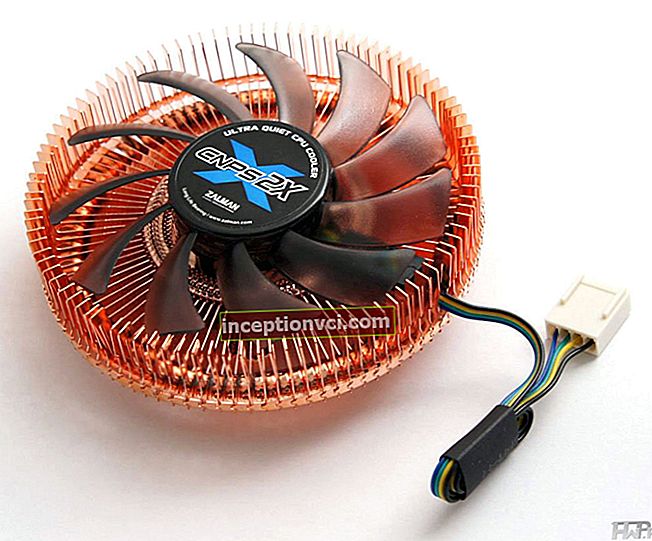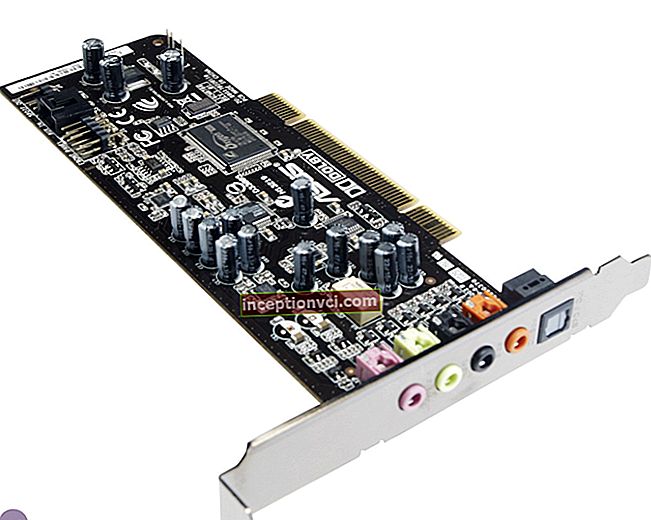In this article, we will provide some tips to help you choose your feeder rod.
Coming to a fishing store, a person asks the question: “What model should you choose?”. If you are lucky and you come across an adequate manager who clearly explained the conditions for which this or that tackle is suitable - that's good! And if all that is on his mind is how to sell the goods at a higher price? And let the range of feeder rods in comparison with others (spinning, for example) is not so great, but there are still differences among them. They depend on the specific conditions of fishing, and the preferences of the angler should not be relegated to the background. We will try to briefly explain, especially for beginners, what criteria should be taken into account when purchasing a feeder.
Length
This value for feeder rods can vary from 3.6 to 4.5 meters. The most common are 3.6-3.9 meters long. These rods are good for casting the bait over a long distance. It is also easy to control the tackle when it is stationary on a special holder. In addition, in the case when there is a danger of the feeder catching on a rocky bottom, this length of the rod is enough to lift the rig off the bottom with a sharp jerk. But tearing off a stuck feeder with a shorter feeder will be difficult.
Where are feeder rods more than four meters long and for what purpose used? Firstly, when it becomes necessary to cast the tackle for a long distance. Secondly, rods with a length of 4.2-4.5 meters are used when fishing in a strong current. This is due to the fact that the line in such conditions is very "blown out" by the flow of water and control over the feeder, and the nozzle deteriorates. To prevent this, the rod is set up steeply at an angle. Thus, its impressive length allows you to keep the arc of the line above the water and the sensitivity of the tackle does not change much. In strong winds, of course, problems will arise with this technique, but you can always adapt. In addition, a long rod is very convenient to use when bushes and tall grass grow behind the fisherman. It is clear that the longer the rod, the heavier it is. And even if the feeder, in contrast to the spinning rod, is less dynamic in fishing, but still the tackle has to be thrown frequently, from which the hands will quickly get tired. There are separate models of feeder rods, the length of which is changed by means of additional elbows. This idea, for example, is implemented in the "Magnum Feeder" rod from the Italian company "Milo". Additional knee length is 60cm. It turns out that you have practically two different feeder rods! One is 3.9 meters long and the other (with an additional knee) is 4.5 meters long. It is very practical and convenient, although the system of the feeder changes slightly from this.
Tops
Each feeder is completed with 3-4 replaceable tips. They differ in hardness or, if you prefer, in dough. The tops are made of monolithic materials - fiberglass or carbon fiber. They are made monolithic due to the fact that the hollow tops of loads during casting will not be able to withstand, and will simply break. Each tip is designed for specific conditions. Let's give an example. Vertices can have the following test markings: 1S oz; 2 oz; 3 oz; 4 oz (1 ounce = 28 grams). These figures mean that with the lightest tip on the test, you can fish for feeders up to 35 grams (1S oz). However, it should not be forgotten that there is also the weight of the feed that is driven into the trough. The ideal option would be when 5-7 grams remain in stock.That is, for a tip with 2 ounces (56 grams) of dough, the weight of the rig should be approximately 50g. It usually has the same power as the feeder rod itself. Let's say the tip test is 4 ounces, therefore, the feeder itself is hardly designed to work with a weight exceeding the same 112 grams (4 ounces).
Sometimes there are four tops in the kit: two of them are made of carbon fiber, and the other two are made of fiberglass. At the same time, fiberglass is those tops that are lighter in the test. Carbon fiber, on the contrary, are more powerful. This is due to the fact that fiberglass is more flexible and soft, and therefore the tip of it is more sensitive, transmitting all the smallest changes that occur with the nozzle when using light equipment. Carbon fiber tops are stiffer in themselves, and there is also a difference in the test. Therefore, it is preferable to use them when fishing in the current, with heavy feeders, when the tip should be extremely elastic. The tops are painted in different colors so that they are better seen against the background of a cloudless sky, or, on the contrary, in the twilight. Using regular fluorescent varnish, they can be repainted without any hassle. Therefore, there is no need to pay special attention to the color of the tops when purchasing a feeder.
Feeder test
In order for the feeder rod to be used in the optimal weight range of equipment, manufacturers apply a test to its blank. But, often, these are not such specific numbers as on spinning rods. Most manufacturers write power on the letterhead. For example, it is indicated - "Medium Light", or vice versa - "Medium Heavy". This means that the rod in the first case is "medium-light", and in the second - "medium-heavy". Unfortunately, there is no single standard and different companies have different power indication markings. Therefore, be sure to ask the manager what approximately the weight can be thrown by this or that feeder, without worrying about its breakdown. Try not to exceed the test, as in this case the probability of the feeder breakdown during casting is too high. It is also important that the power reserve remains. That is, if your feeder has a test of up to 150 grams, then in its entirety the rig should weigh about 130-140 grams.
Build
He must definitely pay attention when buying.
Typically, heavy and powerful feeder rods have impressive rigidity, which is why their action can be characterized as super fast. Conversely, a rod with a small test is less resilient and more like a hose. Our advice to you: do not spare money and buy a harder rod, with it it will be convenient for you to accurately and far throw the tackle, and the power reserve will act as a guarantee against breakage. When testing rod action in the store, be sure to remove the tip. Then, with an ordinary shaking of the hand and an impromptu cast, determine how it bends: only in the upper third or along the entire length. Preference, of course, should be given to the first option.
Handles, reel seats, joints and rings
The number of flow rings is of no small importance, and you should not leave it unattended! The principle is simple. The more, the better. Because in this case the loads on the blank are distributed more evenly and this will have a positive effect on the operation of the rod. The rings should have three legs, otherwise they will simply be pressed against the blank after several fishing trips. As a rule, the length of the handle of a feeder rod does not change significantly, depending on its length. But the material is different. These can be foam rubber or cork inserts. The same applies to reel seats. As a result, when deciding on a choice, listen to your feelings, be guided by personal preferences. Also, do not forget that the feeder, unlike a spinning rod, you do not have to constantly hold in your hands, because more often it will stand on a stand.So if you like everything about the rod and suit it, and the handle is a little uncomfortable in your hand, it's not so scary. Feeder knee joints are different in type. On budget models, the “spigot” joint is more common than others. This is the cheapest and easiest solution to manufacture - cut the form, insert the insert and you're done! Moreover, this type of joint is very reliable. However, it is better if it is a “put over” joint, that is, when the upper knee is put on the lower one.
Conclusion
We have tried to briefly and clearly give you some tips that, in our opinion, should help you with the choice of a feeder rod. And having decided, buy it and everything you need for your fishing hobby on our website at a bargain price.









